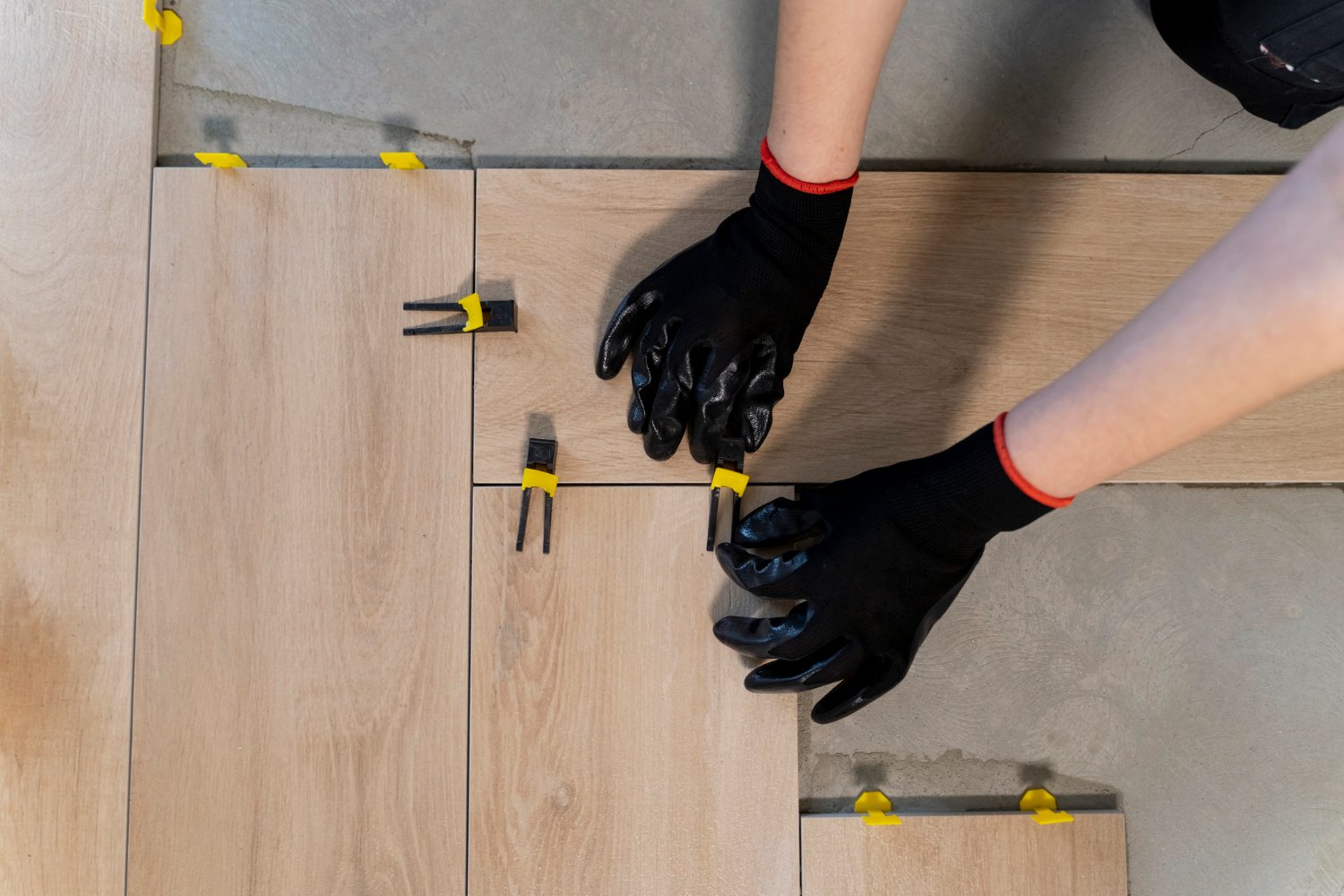
Choosing the right floor covering is crucial for enhancing the aesthetic and functional aspects of any space. Whether for your home or business, the right flooring can transform your environment, providing comfort, durability, and style. This blog explores various floor covering solutions, highlighting their benefits and key considerations.
1. Hardwood Flooring
Hardwood flooring remains a timeless and popular choice for many. Its natural beauty and durability make it suitable for both residential and commercial spaces.
- Pros: Long-lasting, increases property value, versatile design options.
- Cons: Can be expensive, requires regular maintenance, susceptible to moisture damage.
2. Laminate Flooring
Laminate flooring offers a cost-effective alternative to hardwood. It mimics the appearance of wood or stone and is known for its durability.
- Pros: Budget-friendly, easy to install, resistant to scratches and stains.
- Cons: Not as durable as hardwood, can be noisy underfoot, sensitive to moisture.
3. Vinyl Flooring
Vinyl flooring has come a long way and now offers a wide range of styles, from wood-look planks to stone-like tiles. It’s known for its resilience and ease of maintenance.
- Pros: Water-resistant, comfortable underfoot, affordable.
- Cons: Can fade in direct sunlight, potential for chemical emissions, may dent under heavy objects.
4. Tile Flooring
Tile flooring, available in ceramic, porcelain, and stone, is a versatile option suitable for various settings, including kitchens, bathrooms, and commercial spaces.
- Pros: Highly durable, easy to clean, wide range of styles.
- Cons: Can be cold and hard underfoot, grout can stain, installation can be complex.
5. Carpet Flooring
Carpet remains a popular choice for bedrooms, living rooms, and offices, providing warmth and comfort.
- Pros: Soft and comfortable, reduces noise, provides insulation.
- Cons: Can stain easily, requires regular cleaning, may harbor allergens.
6. Bamboo Flooring
Bamboo flooring is an eco-friendly alternative to traditional hardwood. It’s durable and offers a unique aesthetic appeal.
- Pros: Sustainable, stylish, resistant to moisture and insects.
- Cons: Can be prone to scratches, may expand in humid conditions, limited style options.
7. Cork Flooring
Cork flooring is another environmentally friendly option that offers a unique texture and feel.
- Pros: Comfortable, eco-friendly, excellent insulation.
- Cons: Can be damaged by heavy furniture, may fade in sunlight, limited availability.
Key Considerations When Choosing Floor Covering
- Durability: Assess the durability based on the location. High-traffic areas need more robust materials.
- Maintenance: Consider the maintenance requirements. Some materials need regular care, while others are low-maintenance.
- Cost: Budget is a crucial factor. While some materials may have a higher upfront cost, they could offer long-term savings.
- Aesthetics: Choose a floor covering that complements your interior design and enhances the overall look of your space.
- Installation: Some floorings are DIY-friendly, while others require professional installation. Factor in installation costs and complexities.
- Comfort: For areas like bedrooms and living rooms, comfort underfoot might be a priority.
- Environmental Impact: If sustainability is important to you, consider eco-friendly options like bamboo and cork.
Conclusion
Selecting the right floor covering is a significant decision that impacts the comfort, functionality, and aesthetics of your space. By understanding the benefits and drawbacks of each option, you can make an informed choice that suits your specific needs and preferences. Whether you prioritize durability, cost, maintenance, or style, there’s a floor covering solution out there that’s perfect for you.
